
Placed in the North East of Italy, Veneto is the first Italian region for GI food and wine economic impact (3,5 billion euros) – following 2018 Ismea-Qualivita report – and it counts three of its provinces in the top five wine producing provinces ranking. Verona (ranked first with 918 million euros), Treviso (ranked second with 845 million euros), and Vicenza (ranked fourth with 462 million euros).
Click here to discover the Italian F&B companies from Veneto on Italianfood.net platform
Veneto boasts 92 PDO and PGI certified products, between food and wines, and some of them are known all over the world like Prosecco PDO white sparking wine – recently added to the Unesco World Heritage list – the leading product of Veneto’s total wine revenue (1,3 billion euros in 2017).

Considering food products only, Veneto’s production is worth almost 400 million euros. Its flagship product is the Asiago cheese, responsible for almost 100 million euros production revenue. During 2018, Veneto’s agri-food exports touched 6,8 billion euros compared to the 6,6 showed in 2017, thus increasing the region’s exports share of about 10 points over the past four years? (source: Sistar). Besides wines, Veneto is known for cheese, cold cuts, rice (for instance Vialone Nano), extra virgin olive oil (especially in the Valpolicella area), red radicchio in all its varieties, white asparagus, honey and some special sweet products.
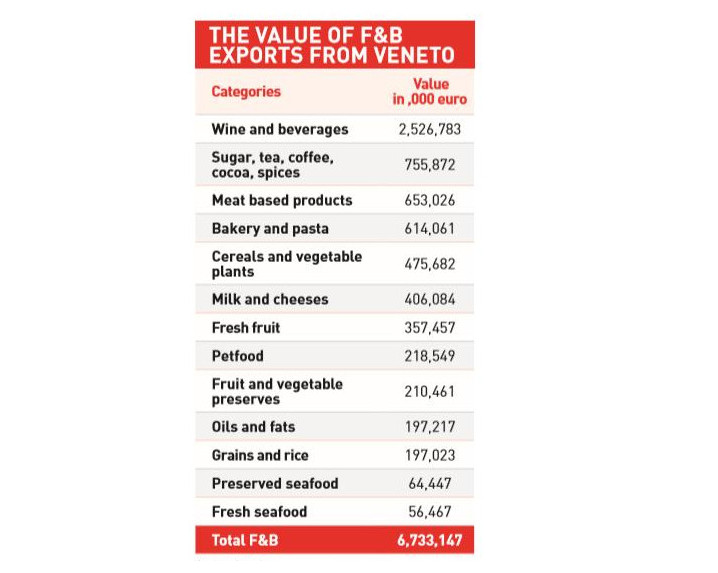
SWEET BAKERY, PANDORO AND TIRAMISU
The bread, yes. But in the bakeries of the Veneto region, we can find other typical products – biscuits, cookies and baked sweets – often prepared for special festivities. The most traditional biscuit from Venice is called Baicolo: it is a dry cookie created in the XVIII century, when they used to serve it together with zabaglione cream. Fave alla veneziana are little round sweeties, made of white almonds, pine seeds, sugar and egg white, consumed typically in November for the All Souls’ Day. On St. Martino’s day, around Treviso they prepare Pevarini, biscuits decorated with the help of coloured candies.
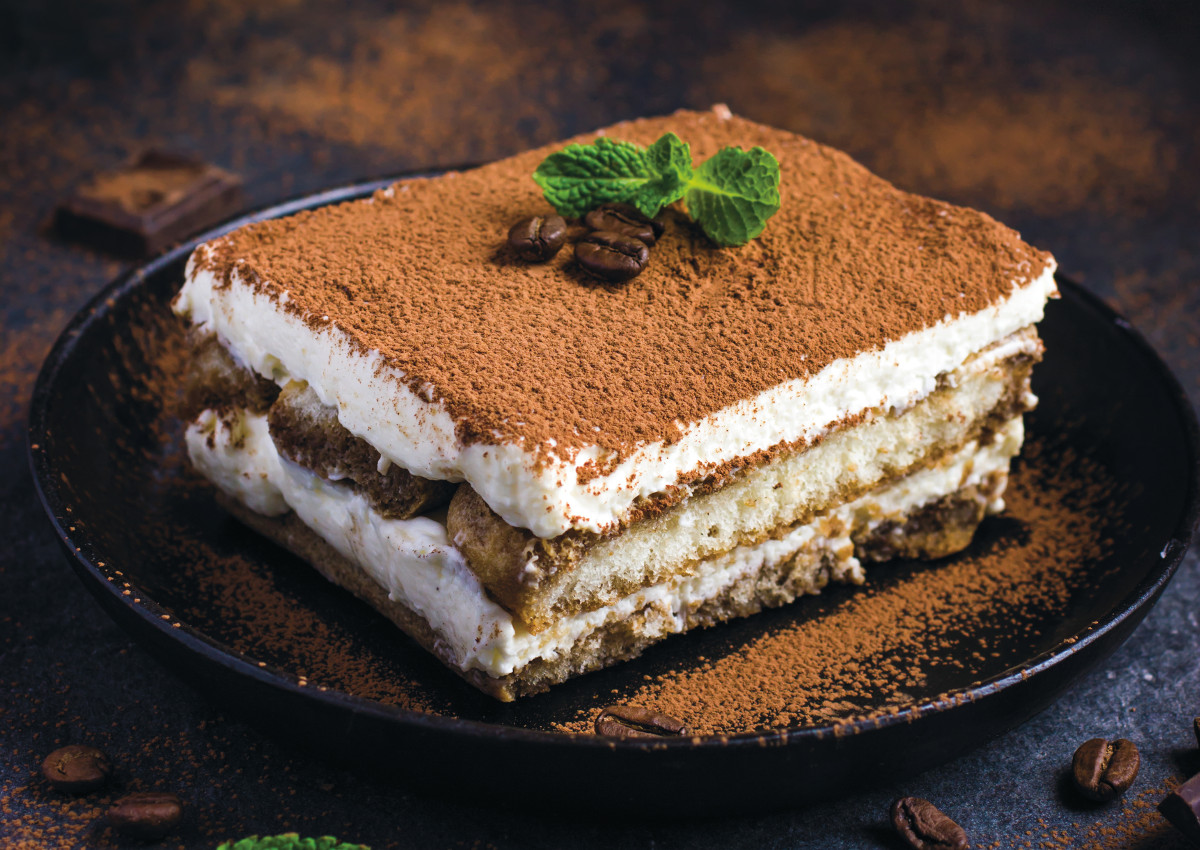
But the most traditional Venetian sweet is Pandoro which, together with Panettone, is one of the iconic Italian Christmas preparations. Born in Verona, Pandoro is characterized by a soft consistency and vanilla aroma, both obtained thanks to a long processing which takes about 40 hours. Treviso, instead, is known for another sweet specialty, among the most popular and requested in the world: the Tiramisu. “Tiramisu is ranked fifth among the best known words of the Italian food abroad, the first one if considering the sweets only – said Tiziano Taffarello from the Accademia del Tiramisù – a dessert that deserves to represent Italy beyond national boundaries.”
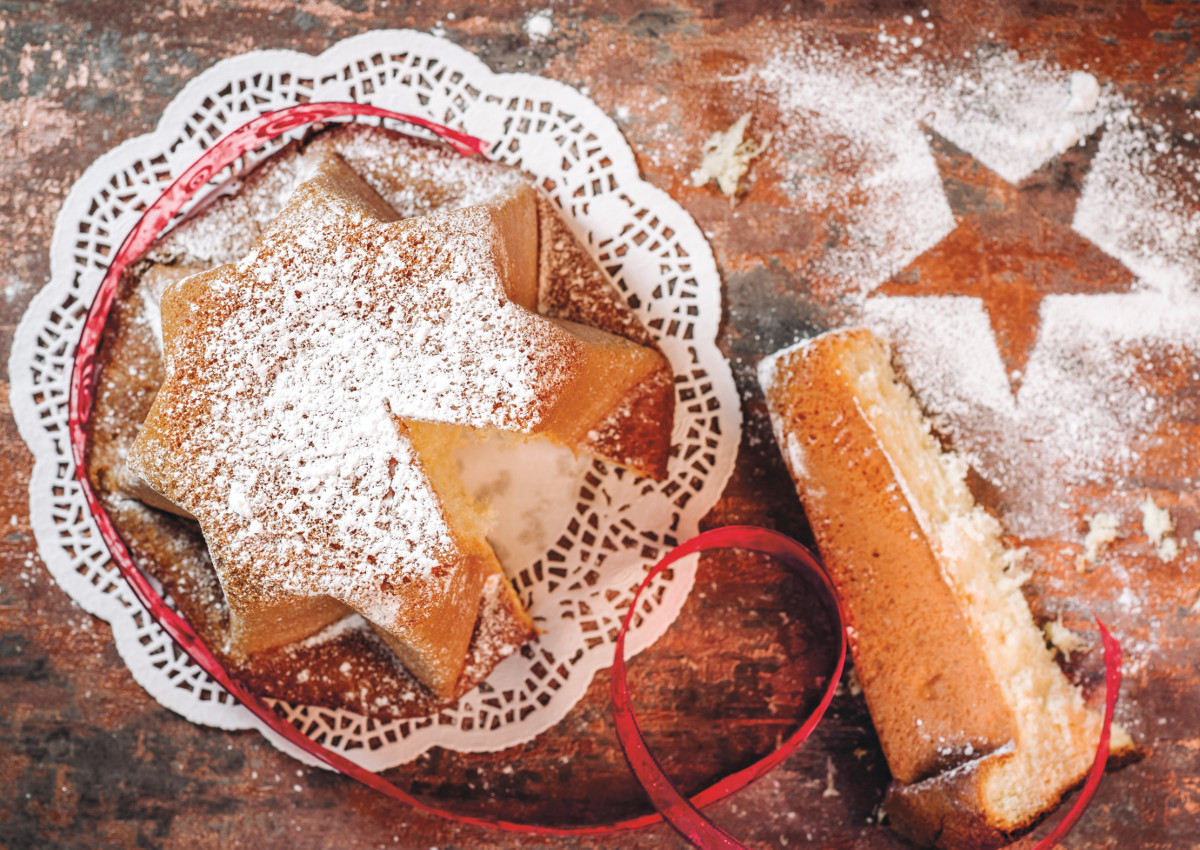
PIAVE PDO CHEESE IS THE LEAD IN THE “NICE TO EAT-EU” CAMPAIGN
It’s called Nice to Eat-Eu and it’s a three-year campaign promoted by the Consortium for the protection of Piave PDO cheese. The aim of the project, both educational and promotional, is to enhance Piave PDO cheese not only in Italy, but also in Austria and especially in Germany, which represents a relevant market for Piave’s exports.
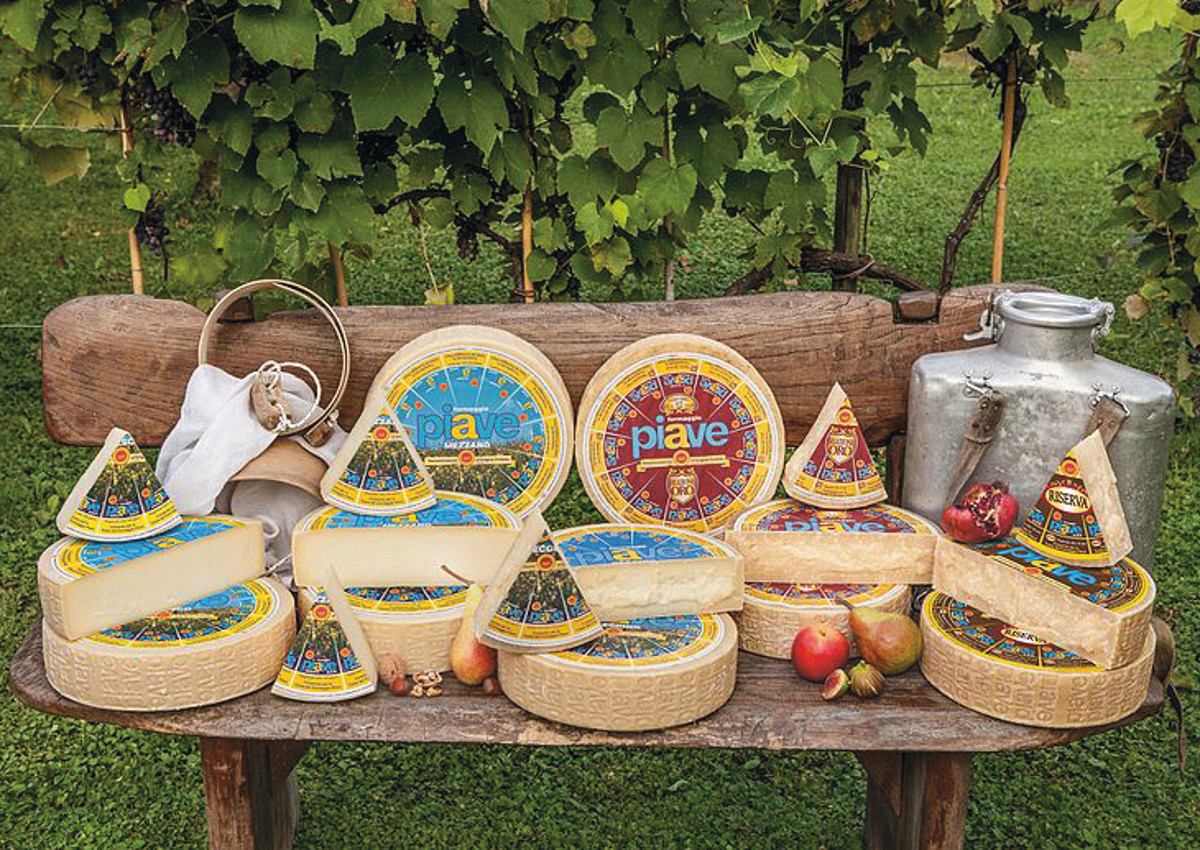
The rich calendar, extending from May 2019 to 2021, provides a lot of different events and initiatives on and off line.
PROSECCO HILLS INSCRIBED ON UNESCO WORLD HERITAGE LIST
Conegliano and Valdobbiadene hills (Treviso), home to the world-famous sparkling wine Prosecco PDO, have been added to the Unesco World Heritage list. The Unesco World Heritage Committee, meeting in Baku, Azerbaijan, last 7th July has set it acting by unanimity.
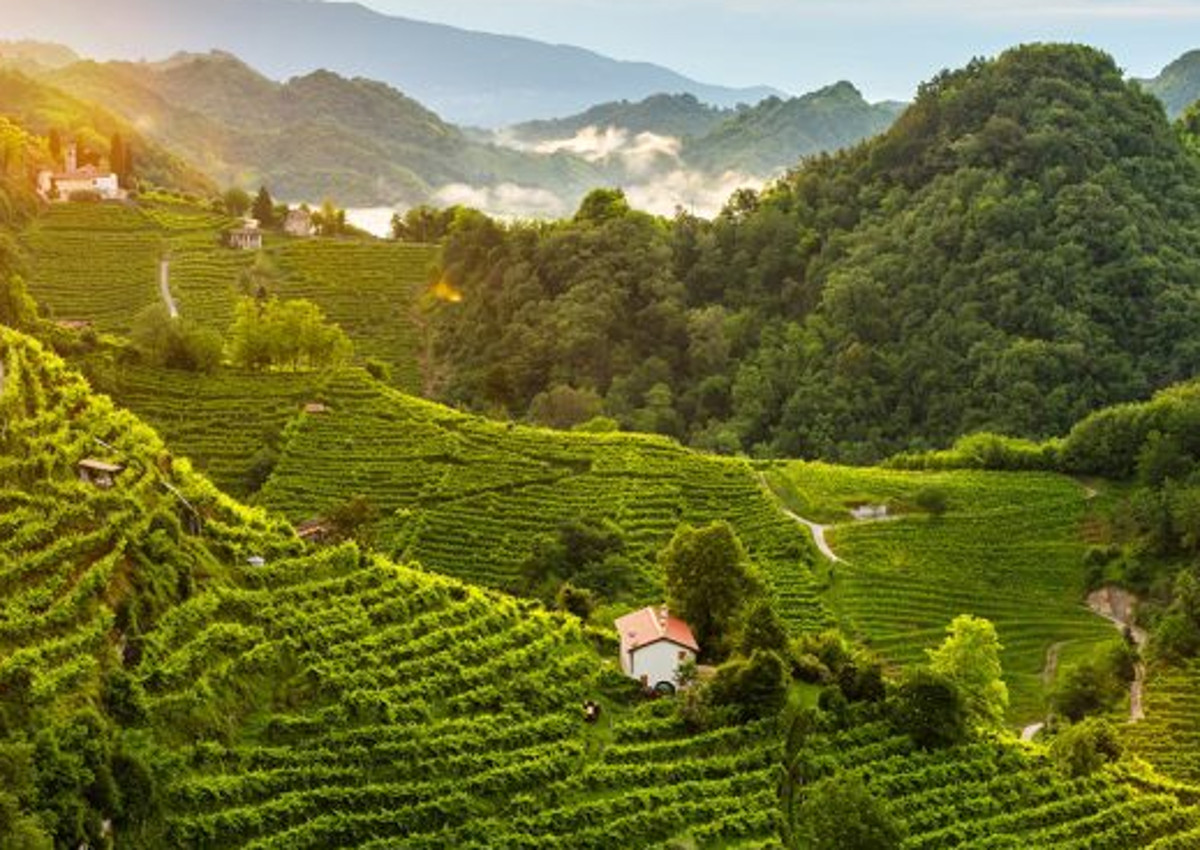
Prosecco has become by far the most popular Italian wine abroad, with exports reaching a record +21% in 2019. Following the 2018 Ismea-Qualivita Report, Prosecco PDO is one of the most mentioned Italian wines on the web.
MADE IN VENETO CHARCUTERIE
Among the cold cuts in the region, the PDO specialty is the Prosciutto Veneto Berico-Euganeo. The production area falls within the territory of 15 municipalities on the southern border of the provinces of Padua, Vicenza, and Verona.
The pigs used for production must be born, raised and slaughtered in the regions of Veneto, Lombardy, Emilia-Romagna, Lazio, and Umbria. The minimum seasoning period is 10 months for hams weighing between 7 and 8,5 kg and at least 12 months for hams weighing more than 8,5 kg. The total production turnover reaches 7 million euros.
